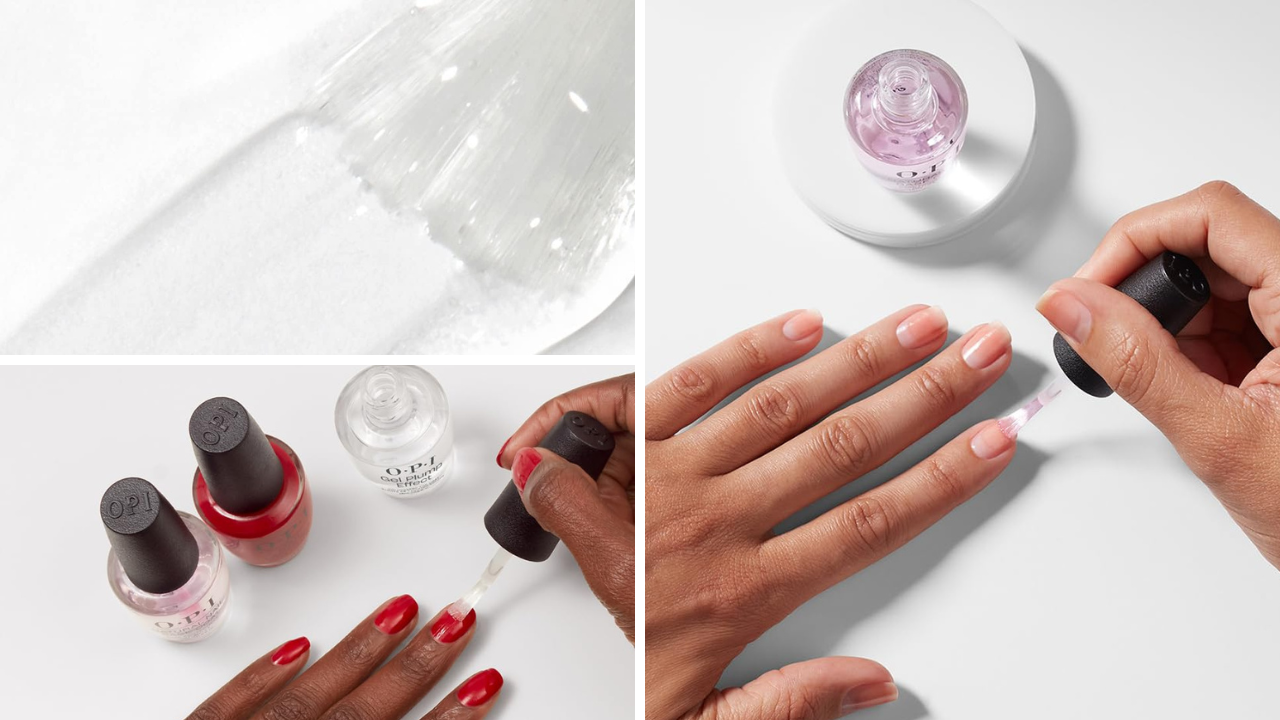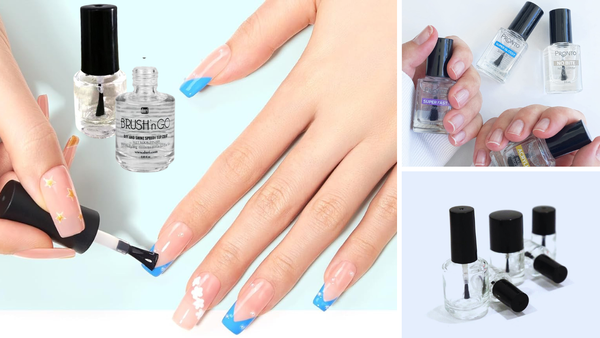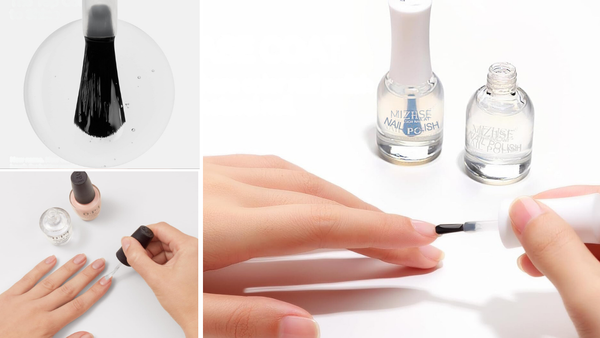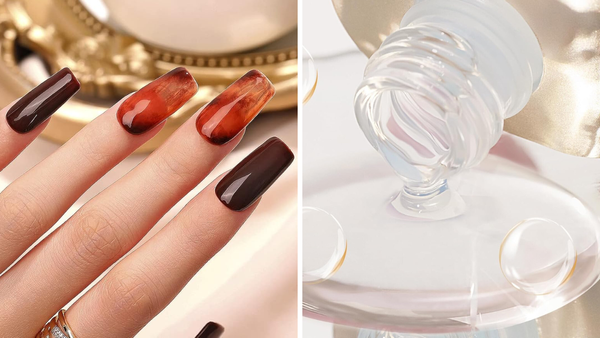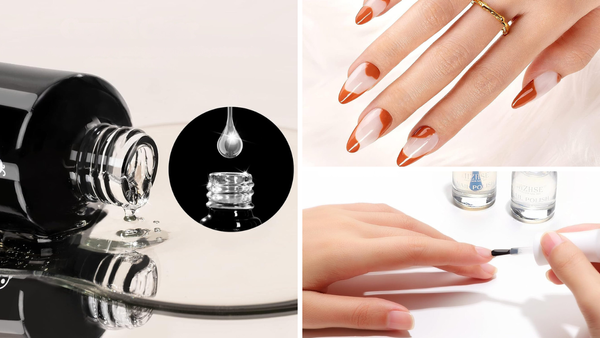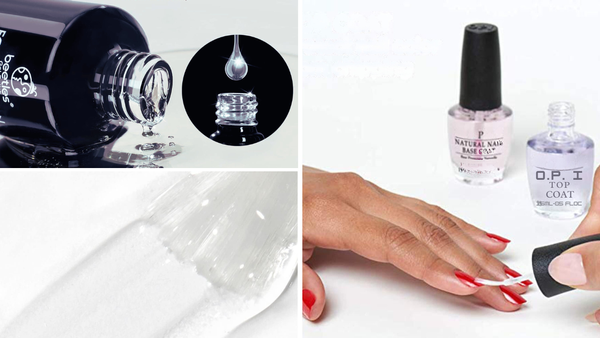Key Takeaways:
- Top coats and clear nail polish are not the same; they serve different purposes in nail care and art.
- A top coat is designed to provide a protective layer, enhance shine, and extend the manicure's longevity.
- Clear nail polish can be used as a simple polish or a base coat but lacks the specialized properties of a top coat.
The Great Debate: Top Coat vs. Clear Nail Polish
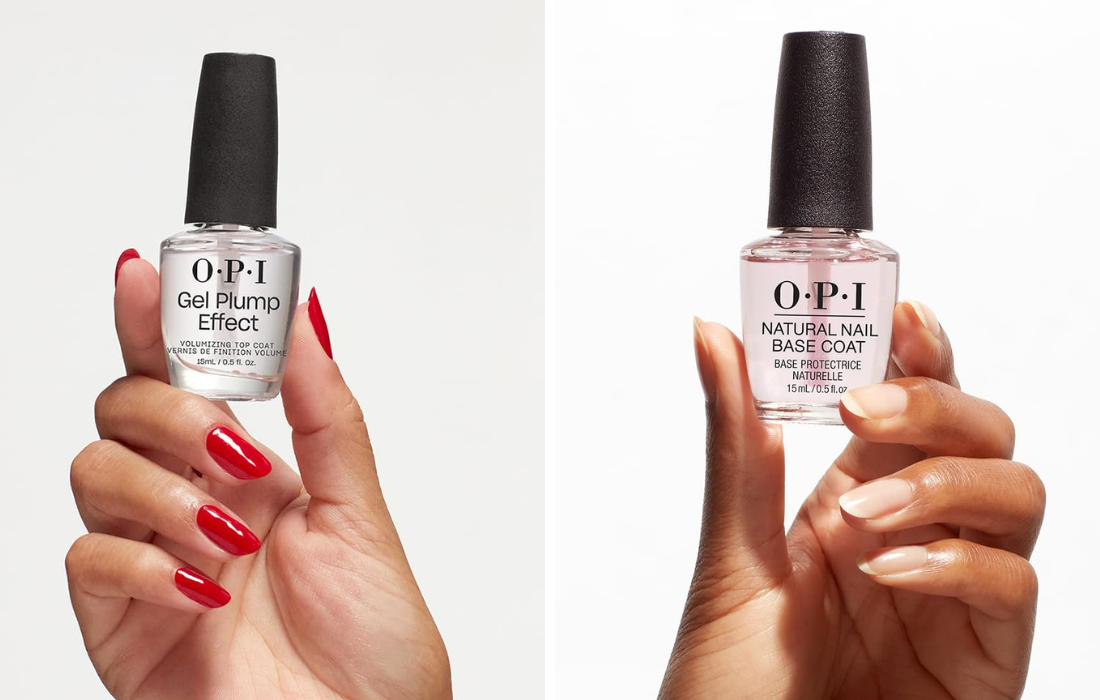
When it comes to nail care, the distinction between top coat and clear nail polish might seem subtle, but it's a crucial one. Many wonder, "Is top coat and clear nail polish the same?" The answer is no. While both may appear similar in their transparent appearance, their functions, and formulations are quite different. A top coat is a specific type of nail polish designed to be the final step in a manicure, providing a protective layer that seals in the color coat and offers a shiny or matte finish. On the other hand, clear nail polish is a versatile product that can be used alone for a natural nail look or as a base coat to prepare the nail bed for color.
Understanding the Role of a Top Coat
A top coat nail polish is formulated to protect your manicure from wear and tear. The armor shields your color coats from the elements, preventing chipping and peeling. Professional nail artists always use a top coat to ensure their clients' nails remain chip-free for as long as possible. The top coat is also responsible for providing that glossy or matte finish that can take your nail art to the next level.
Clear Nail Polish: More Than Meets the Eye
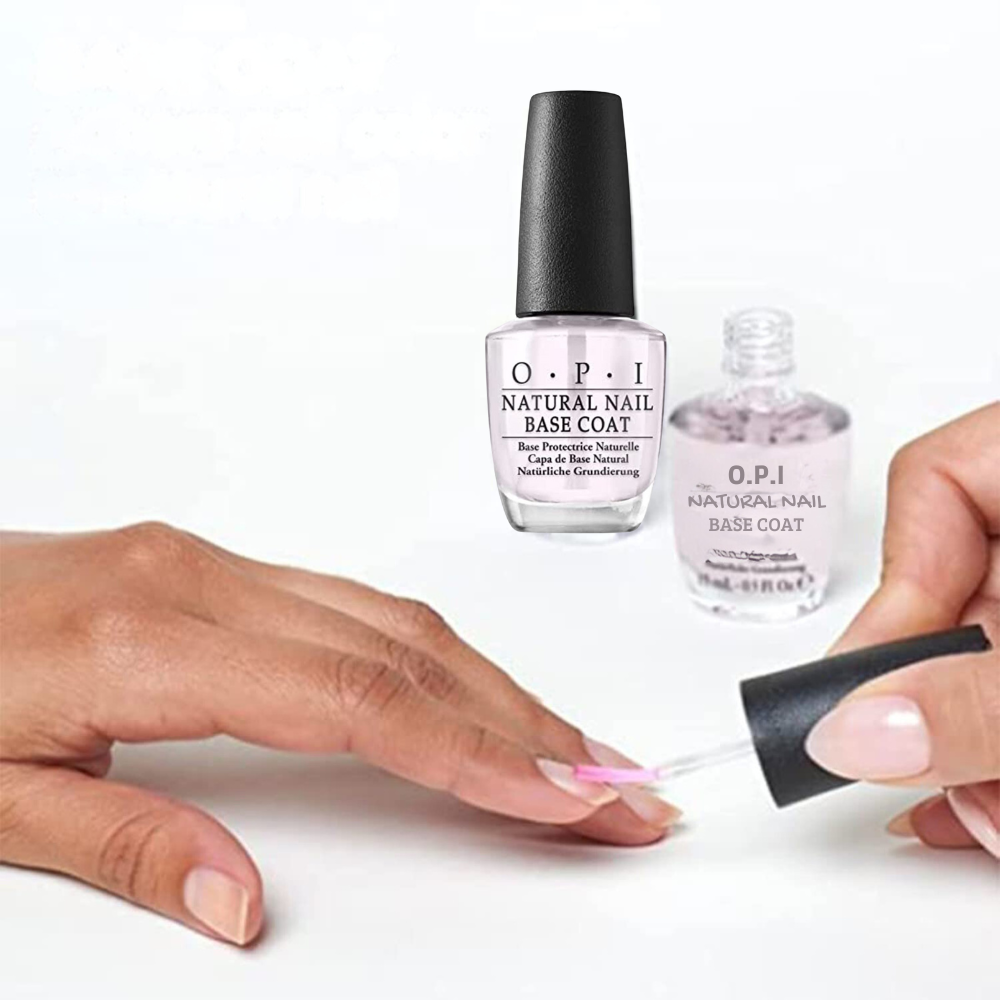
Clear nail polish may look like a simple product, but it's quite versatile. It can be used as a standalone polish for a clean, natural look or as a base coat to protect the natural nail from staining and to help the color coat adhere better. However, clear nail polish typically does not have the same strengthening agents or protective qualities as a top coat.
The Composition Conundrum
Regarding ingredients, top coats often contain more advanced components than clear nail polishes. These may include plasticizers for flexibility, ultraviolet filters to prevent color fading, and formaldehyde resin to strengthen nails. Clear nail polishes, while they may dry quickly and provide a basic level of protection, usually lack these specialized ingredients.
The Protective Power of Top Coats
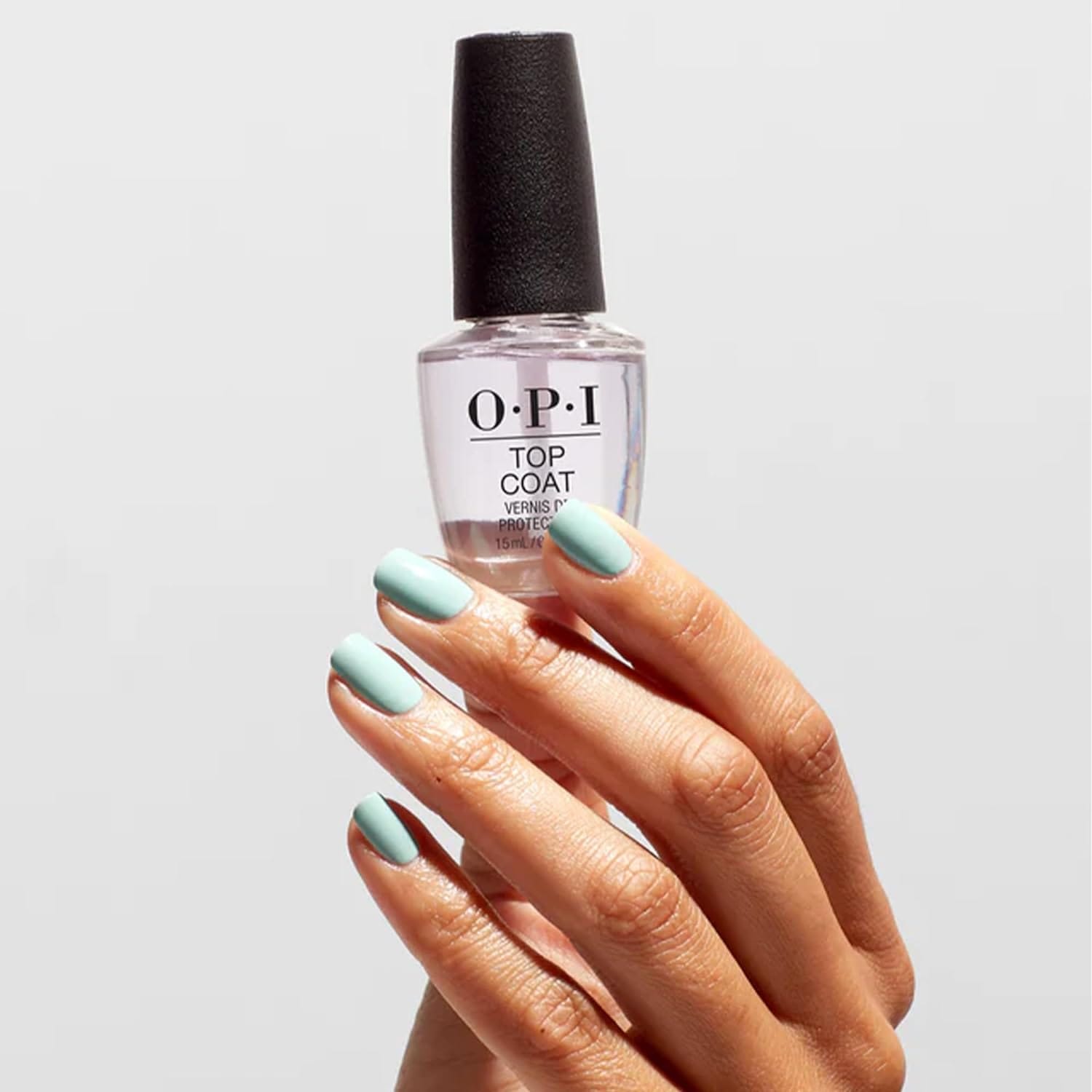
Top coats are engineered to create a durable barrier over your nail polish. This protective layer not only adds shine but also helps to seal in the color coat, preventing smudging and peeling. The clear coat protects against daily activities that can cause paint chipping, ensuring your manicure stays pristine for longer.
Base Coat: The Foundation of a Flawless Manicure
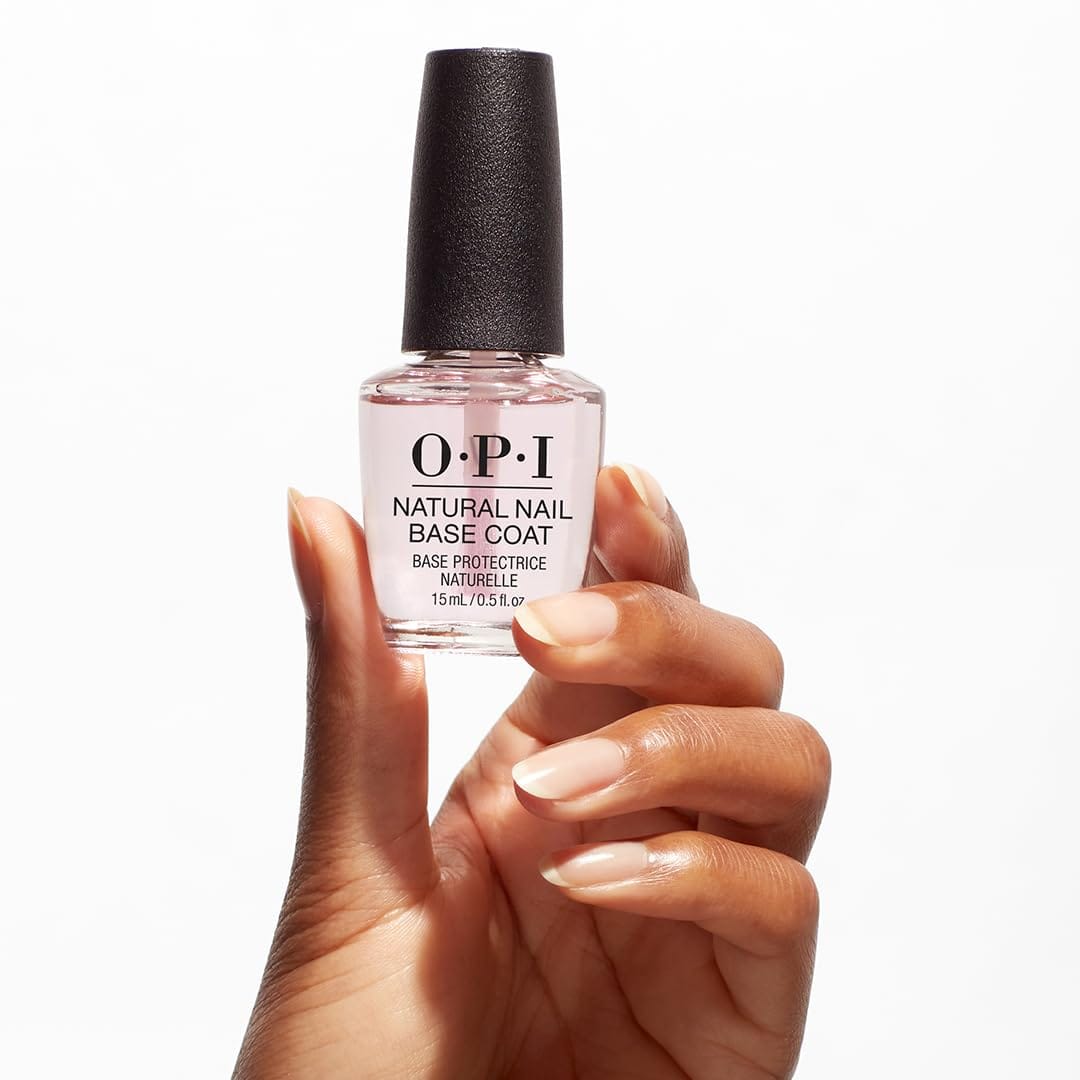
While discussing top coats and clear nail polishes, it's important to mention the role of a base coat. A base coat is applied before the color coat to smooth out any imperfections on the nail bed, ensuring an even application of nail polish. It also helps to prevent nail staining from pigmented polishes.
The Final Step: Why Use a Top Coat?
Using a top coat is the final step in achieving a long-lasting manicure. It's not just about adding a layer of gloss; a top coat is formulated to bond with the underlying color coat, creating a single, solid layer more resistant to chipping and peeling. Without a top coat, your manicure is more vulnerable to the wear and tear of daily life.
The Synergy of Base and Top Coat: A Dual Force
When it comes to a long-lasting manicure, the synergy between the base and top coat cannot be overstated. The base coat is the unsung hero that prepares the natural nail for what's to come. Acting as a protective layer, it not only strengthens nails but also provides a smooth canvas for the color coat. Adhering to the nail bed prevents the dreaded paint chipping and peeling that can occur with regular nail polish wear. It's the first defense against the elements, ensuring the color coats have a strong foundation to cling to.
On the flip side, the top coat is the shining knight that seals the deal. It's formulated to provide a glossy, protective layer that not only imparts a shiny finish but also helps the color remain chip-free. Think of it as the shield that wards off nicks and smudges, allowing your manicure to dry quickly and maintain its luster. When used together, these two layers work in concert to extend the life of your manicure, keeping your nails looking pristine and polished. It's a dynamic duo that ensures your nails are not only beautiful but also fortified against daily wear and tear.
The Versatility of Clear Nail Polish in Everyday Life
Clear nail polish is not just a staple in the beauty world; it's a versatile tool that can be used beyond manicures. Have you ever considered using clear nail polish to prevent chipping on your favorite jewelry? A thin layer of clear polish applied to the back of costume jewelry can prevent tarnishing and keep it looking shiny for longer. Similarly, it can be used to stop runs in stockings from getting worse. A small dab on the area can seal the fibers together and protect your hosiery from further damage.
Moreover, clear nail polish can come to the rescue in minor household repairs. A quick fix for a loose screw is to apply a drop of clear polish on the screw threads before tightening it; this acts as a temporary adhesive and can prevent smudging of the screw's movement. For those who love to label things, clear polish can seal and protect written labels from wear and tear. By painting a bit of clear polish over a label, you ensure the ink doesn't smudge, and the label remains legible.
The Science Behind Nail Polish Durability
When it comes to a long-lasting manicure, the science behind the durability of nail polishes is fascinating. Professional nail artists know that the key to a chip-free manicure is not just in the application but also in the formula. Nail polishes are formulated with a blend of ingredients like plasticizers, pigments, and sometimes formaldehyde resin coat, which create a smooth, shiny finish that adheres well to the natural nail. The top coat is designed to be the final step that protects the color coat with a clear layer that is thicker and more durable than regular clear nail polish.
The top coats often contain a higher concentration of these ingredients, which allows them to provide a protective layer that strengthens nails and helps the color remain chip-free. They are formulated to dry quickly, add gloss, and protect the underlying color coats from fading and peeling. Some top coats even have UV filters to prevent the color from yellowing. By understanding the chemistry behind these products, you can better appreciate the role each plays in achieving that perfect, professional-looking manicure.
The Evolution of Nail Polish Formulas: From Simple to Sophisticated
Nail polishes have come a long way from their humble beginnings. Initially, they were simple varnishes that added a bit of color to the nails, but now they are complex concoctions that offer more than just a pretty hue. Modern formulations include ingredients that promote nail health, such as vitamins and minerals, and exclude common toxins like formaldehyde resin. This evolution has led to nail polishes that not only look good but also provide care for the natural nail. Professional nail artists and enthusiasts alike can now choose from a range of options that cater to their specific needs, whether it's a gel polish for a gel manicure or a cruelty-free clear base coat.
The top coat, in particular, has seen significant advancements. It's no longer just about adding shine; top coats are now formulated to protect, seal, and even help the polish cure faster. Some top coats are designed to give a matte finish, while others are infused with ingredients that prevent yellowing and protect the nail bed. The clear coat has also been upgraded to offer more than just a glossy finish—it's a final step that provides a thick, smooth layer that helps the color coat adhere better and last longer. With these innovations, the line between clear nail polish and top coat becomes even more distinct, as each product is tailored to achieve specific results, ensuring that your manicure is not just painted but truly perfected.
Clear Nail Polish as a Quick Fix
Sometimes, you might reach for clear nail polish in a hurry or looking for a quick touch-up. It can be a convenient option to add a bit of shine to your nails without the commitment of a full manicure. However, it won't provide the same level of protection or finish as a top coat.
The Matte Finish Option
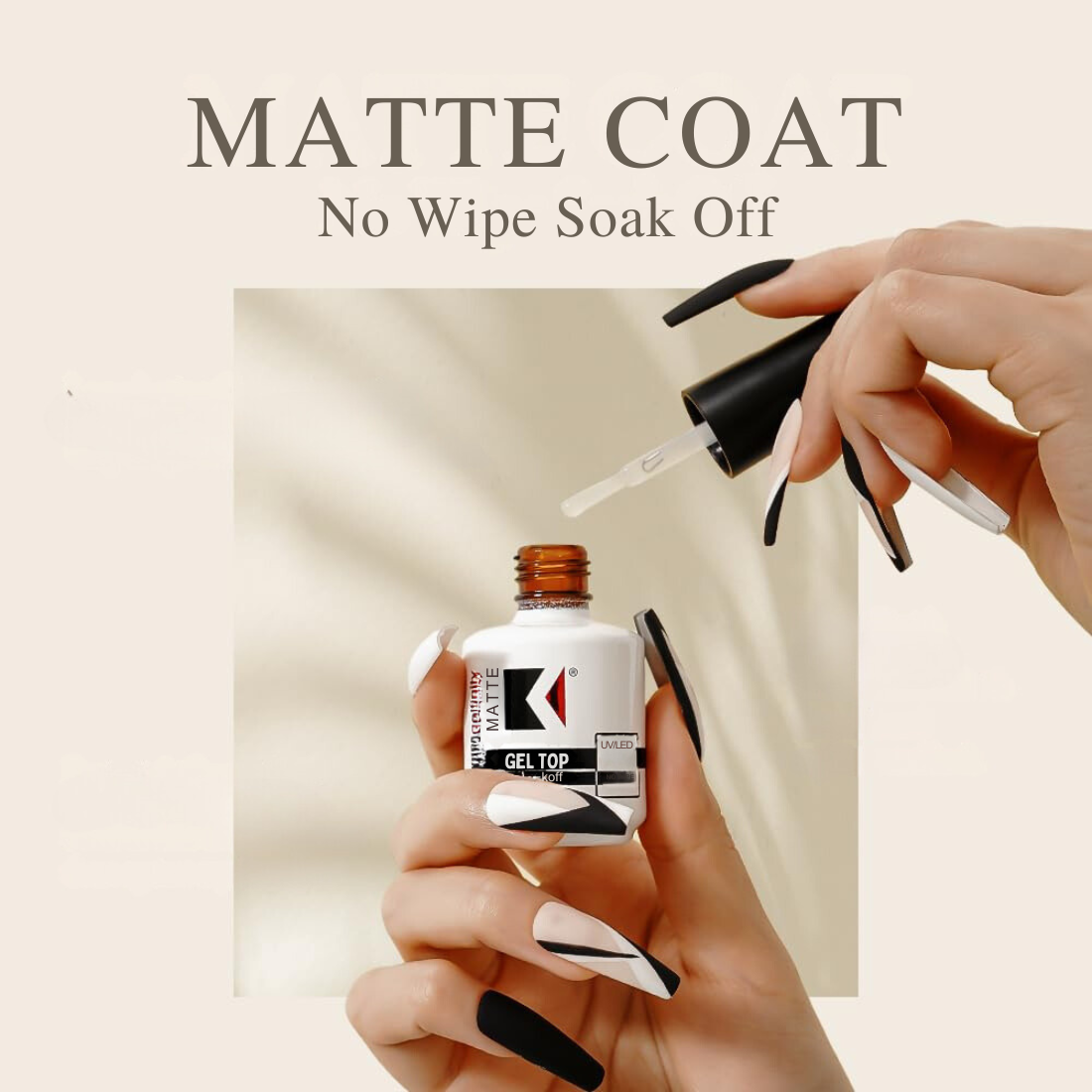
For those who prefer a non-glossy look, many top coats come in a matte finish. This type of top coat transforms the appearance of your nail polish from shiny to flat, giving you a trendy and modern look. Clear nail polish, however, does not typically offer this option.
The Healthier Choice: Cruelty-Free and Free from Common Toxins
Health-conscious consumers will be pleased to know that many top coats and clear nail polishes are now formulated without common toxins like dibutyl phthalate, toluene, and formaldehyde. Additionally, cruelty-free options are available for those looking to make ethical beauty choices.
The Art of Application
Applying a top coat is an art in itself. To prevent smudging, it's important to wait for the color coat to dry slightly before applying the top coat. The top coat should be applied in thin, even layers, covering the edges of the nails to seal in the color and prevent lifting.
Nail Art and Top Coats
In the world of nail art, a top coat is indispensable. It not only protects intricate designs but also provides a smooth canvas that enhances the overall look. Whether adding stickers, glitter, or hand-painted details, a top coat ensures that your nail art remains intact and vibrant.
The Longevity Factor
One of the most significant advantages of a top coat is its ability to make your manicure last. By creating a strong bond with the color coat, a top coat can extend the life of your nail polish, allowing you to go longer between salon visits or at-home applications.
DIY Manicure Tips
For those who enjoy a DIY approach to nail care, understanding the difference between top coats and clear nail polishes is essential. By using these products correctly, you can achieve salon-quality results at home. Remember to apply two layers of each product: a base coat to protect and prepare the nail, a color coat for aesthetic appeal, and a top coat to seal and protect.
Summary
In summary, while top coat and clear nail polish may seem similar, they are distinct products with different purposes. A top coat is a must-have for a long-lasting, protective, and shiny manicure, while clear nail polish offers versatility but lacks the specialized properties of a top coat. Understanding their differences and proper application can elevate your nail care routine and ensure your nails always look their best.
FAQ Section
Can I use clear nail polish instead of a top coat?
While you can use clear nail polish instead of a top coat in a pinch, it won't provide the same level of protection, shine, or longevity as a top coat specifically formulated for that purpose.
How often should I apply a top coat?
For best results, apply a top coat after your color coat as the final step in your manicure. You can also reapply a top coat every few days to refresh the shine and extend the life of your manicure.
Are there any clear nail polishes that also work as a top coat?
Some clear nail polishes are marketed as 2-in-1 products that can be used as a base and top coat. However, for optimal results, especially for protection and finish, it's recommended to use products specifically designed as a top coat.
